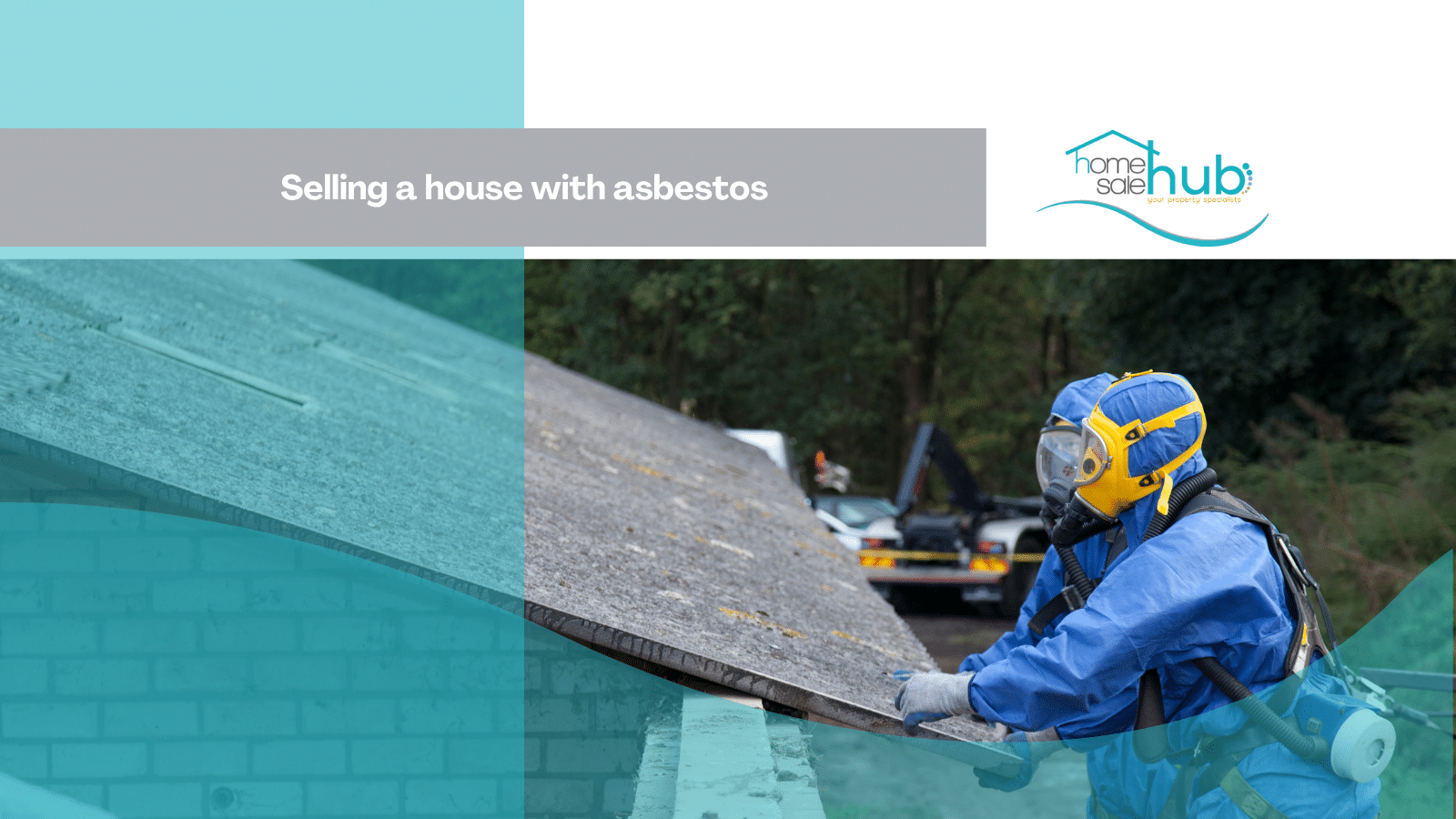Address
38f Goring Rd,
Worthing
BN12 4AD
Selling a House with Asbestos: What You Need to Know
Most people have heard of asbestos, but few understand exactly what it is, why it was used in homes, and what to do if it is found in your property. Whether you’re planning to sell your house or have recently discovered asbestos in your home, it’s important to understand your responsibilities and the risks involved.
What Is Asbestos?
Asbestos is a naturally occurring mineral made up of tiny, durable fibres. It has been used by humans for over 4,000 years, but its commercial use in the UK surged during the 20th century due to its fire-resistant, insulating and anti-corrosive properties.
There are six types of asbestos, grouped into two categories:
Serpentine asbestos:
This includes only chrysotile (white asbestos), the most commonly used type, recognised by its curly fibres.
Amphibole asbestos:
This group includes crocidolite (blue asbestos), amosite (brown asbestos), tremolite, actinolite, and anthophyllite. These have needle-like fibres and are more brittle and hazardous.
All forms of asbestos have been linked to serious health conditions, including mesothelioma, lung cancer, and asbestosis. As a result, its use was completely banned in the UK in 1999.
Where Is Asbestos Found in British Homes?
If your house was built before 1999, there is a possibility that asbestos was used during its construction. Common places where asbestos may still be present include:
- Pipe and boiler insulation
- Artex or textured ceiling coatings
- Ceiling tiles and boards
- Vinyl flooring (especially in the backing)
- Cement roofing sheets and guttering
- Flue pipes and water tanks
While you cannot see or smell asbestos, its fibres become hazardous when disturbed and inhaled. This is why it is important to handle any suspected material with extreme care.
Is Asbestos Dangerous in the Home?
Asbestos only becomes dangerous when its fibres are released into the air, which typically occurs when materials are damaged, drilled into or removed without proper protection. In its undisturbed and sealed state, asbestos does not pose an immediate threat.
That said, if you are aware that asbestos exists in your property, you have a legal and moral obligation to keep it in a safe condition or have it professionally removed.
Can You Remove Asbestos Yourself?
No, asbestos removal should never be attempted as a DIY project. It requires specialist knowledge, protective equipment, and proper disposal methods.
The process typically involves:
- Survey and testing: A qualified asbestos surveyor inspects the property and takes samples for lab analysis.
- Removal plan: If asbestos is confirmed, a licensed contractor creates a plan that meets legal safety and disposal regulations.
- Careful removal: Professionals remove and secure the material to avoid contamination.
- Decontamination and clearance: The area is cleaned and tested before it’s deemed safe.
If you suspect you have asbestos in your home, your first step should be to commission a qualified survey. In many cases, if the material is in good condition, encapsulation (sealing it) may be safer than removing it.
Selling a House with Asbestos: What You Must Do
Selling a house with asbestos is possible, but it requires careful handling, transparency and professional advice.
1. Disclosure Is a Legal Obligation
If you are aware of the presence of asbestos, you must declare it on the Property Information Form (TA6) when selling. Failure to do so could lead to legal action by the buyer later on.
2. Arrange a Professional Asbestos Survey
Having a report from a qualified asbestos surveyor shows you are acting responsibly and can help buyers feel more confident. It will also clarify whether asbestos removal is necessary or if the material can remain safely in place.
3. Consider Remediation Before Sale
If asbestos is found in damaged or deteriorating areas, consider professional removal or encapsulation before marketing your property. This could increase your home’s appeal and help justify your asking price.
4. Be Prepared for Buyer Concerns
Buyers may be wary of asbestos, even if it poses no immediate threat. Some may walk away, while others may attempt to negotiate a lower price. Be prepared to explain the survey results and what steps have been taken to manage the material.
Can You Sell a Property with Asbestos Easily?
Selling a property with asbestos through the traditional market may take longer, particularly if the buyer is using a mortgage. Mortgage lenders may request surveys or even refuse lending if asbestos is found in certain areas of the structure.
An Alternative Option: Sell to a Cash Buyer
If you’re struggling to find a buyer due to asbestos concerns, there is another option. At Home Sale Hub, we specialise in buying properties in any condition — including those with asbestos.
We offer a fast and straightforward cash sale, with no mortgage chains, survey delays or complications. We use our own funds and make fair, transparent offers, so you can move on quickly and with peace of mind.
Final Thoughts
Asbestos does not have to stop you from selling your home, but it does require care and responsibility. Always:
- Arrange a professional asbestos survey
- Disclose any known asbestos to buyers
- Seek professional advice before taking action
- Avoid DIY removal under all circumstances
If you are looking for a simple and hassle-free way to sell a property affected by asbestos, contact Home Sale Hub. Our expert team is here to help guide you through your options and offer a quick sale, whatever your situation.
Ready to sell without the stress? Get in touch with Home Sale Hub for a no-obligation cash offer on your home — asbestos or not.


